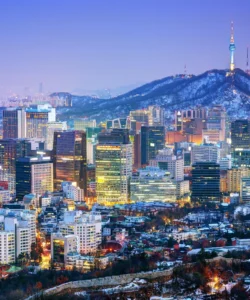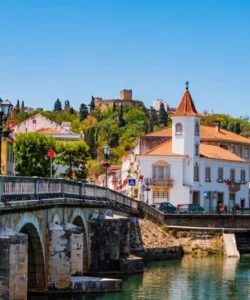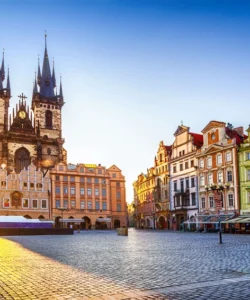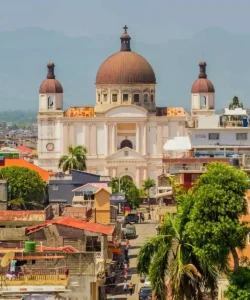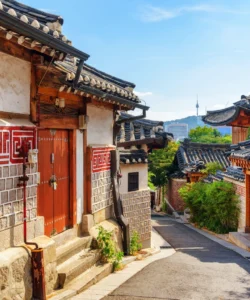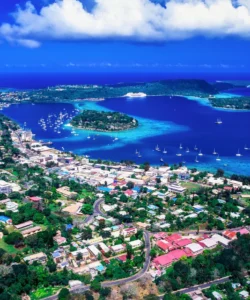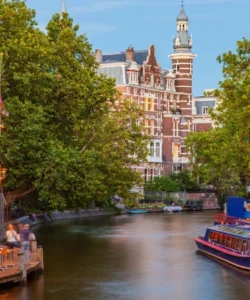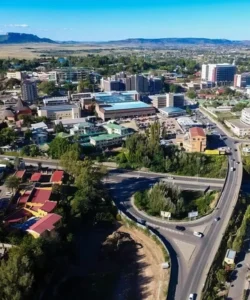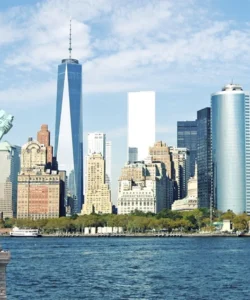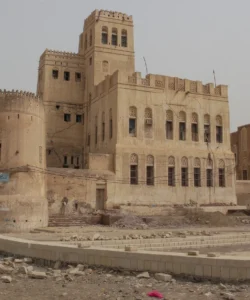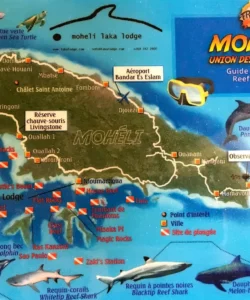Eswatini, formerly known as Swaziland, is a small, landlocked kingdom in Southern Africa. It’s bordered by Mozambique and South Africa. The country is known for its unique blend of traditional Swazi culture and stunning natural landscapes. 🇸🇿
![]()
Area: Approximately 17,364 sq km (6,704 sq mi).
Population: Estimated to be around 1.2 million in 2025.
Language: The official languages are SiSwati (Swazi) and English.
Currency: The Swazi Lilangeni (SZL). The South African Rand (ZAR) is also widely accepted.
Religion: Predominantly Christian, with a significant presence of traditional beliefs.
Capitals: Eswatini has multiple capitals:
- Mbabane: The administrative and judicial capital.
- Lobamba: The legislative and royal capital.
- Lozitha and Ludzidzini: Royal capitals.
Major Cities:
- Manzini: The largest city and commercial hub.
- Mbabane: The administrative capital.
- Lobamba: The traditional and spiritual heart.
- Piggs Peak: Known for its stunning vistas and traditional crafts.
- Siteki
- Nhlangano
Attractions & Wonders:
Eswatini offers a blend of wildlife, culture, and natural beauty.
- Wildlife Sanctuaries & National Parks:
- Mlilwane Wildlife Sanctuary: Eswatini’s first conservation area, popular for its diverse birdlife and animals.
- Hlane Royal National Park: The largest protected area, home to elephants, lions, and rhinos.
- Mkhaya Game Reserve: Dedicated to protecting endangered species, including black and white rhinos.
- Cultural Experiences:
- Ezulwini Valley: Known as the “Valley of Heaven,” it’s the heart of Eswatini’s tourism, with traditional Swazi villages, craft markets, and cultural performances.
- Mantenga Cultural Village: A re-created 19th-century Swazi village where you can learn about Swazi customs, arts, and crafts, and witness traditional dances.
- Umhlanga Reed Dance: A vibrant annual ceremony, a major cultural highlight.
- Incwala Ceremony: Another significant traditional ceremony demonstrating royal leadership and social unity.
- Natural Wonders & Architecture:
- Sibebe Rock: The world’s second-largest monolith (after Australia’s Uluru), offering panoramic views and hiking opportunities.
- Malolotja Nature Reserve: Offers hiking trails, birdwatching, and a thrilling tree-top canopy tour.
- Maguga Dam: An engineering marvel with scenic loop roads.
- Phophonyane Falls Nature Reserve: Located near Piggs Peak, known for its dramatic waterfalls.
- Crafts & Arts:
- Ngwenya Glass Factory: Watch skilled artisans transform recycled glass into stunning creations.
- Swazi Candles: Witness the creativity of local craftsmen.
Cuisine:
Eswatini cuisine features traditional dishes like:
- Sishwala: A thick porridge made from maize meal, often served with meat or vegetables.
- Sidvudvu: A pumpkin porridge.
- Other traditional meals often involve locally grown produce such as maize, sorghum, pumpkins, and a variety of greens, usually accompanied by meat or beans.
Economy:
Eswatini has a diverse economy.
- Agriculture, forestry, and mining: Contribute significantly to the GDP.
- Manufacturing: With textile and sugar processing being key sectors.
- Services: Government services are a major contributor.
- The economy has a dual nature, with highly productive commercial agriculture (sugar cane, forestry, citrus) on Deed Title Land (TDL), and a large portion of the population engaged in less productive subsistence farming on Swazi Nation Land (SNL).
- High poverty and unemployment rates remain challenges.
Roads:
Eswatini has a network of roads connecting its major towns and attractions. While major routes are generally paved, some smaller roads, especially in rural areas, might be unpaved.
Hotels & Restaurants:
The country offers a range of accommodation options, from luxury hotels and resorts in areas like the Ezulwini Valley to more rustic lodges and guesthouses in wildlife reserves. Restaurants serve both local Swazi cuisine and international dishes, especially in tourist hubs.

